Aurora Nikula, 5, was making a “chocolate cake” out of sand and mud. “It’s too much,” she said as she splashed water on it, then added another spoonful of sand. “It would be better if it had more sugar.”
Aki Sinkkonen, chief scientist at the Natural Resources Institute of Finland, was watching. He was also interested in Aurora’s cake. “It’s amazing,” he said, admiring the way she mixed soil, sand and leaves and applied it to her face.
For another kindergarten, this might be a problem, but at Humpula kindergarten in Helsinki, children are encouraged to play in the mud. Across Finland, 43 kindergartens have been awarded a total of €1 million (£1.3 million) to build playgrounds and increase children's exposure to micro-biodiversity – such as bacteria and fungi – in nature.
Access to nature is vital to children's development, and the new research goes one step further. It is part of a growing body of research linking two layers of biodiversity.
There's the outer layer—the more familiar image of biodiversity, including soil, water, plants, animals, and microorganisms that live in forests, playgrounds (or any other environment). And then there's the inner layer: the biodiversity that lives inside and on the human body, including the gut, skin, and respiratory tract.
More and more scientists are recognizing that our health is intimately linked to our environment and the ecological health of the world around us. The first 1,000 days of a person's life - when the brain and body develop most rapidly - are considered particularly important.
Humpula School explored that relationship through a novel experiment – which involved digging up a piece of woodland and observing how it affected children’s health. In the fall, the nursery looks like a child-owned plot of land.
The soil was fertilized with old leaves and weeds, then used to plant beets, carrots, cucumbers, potatoes, zucchini and peppers. Now the parsley was the only thing left – winter was coming and everything else had been eaten. But the children still played outside.
The plants, wood and soil in the childcare centre were all specially selected for their rich microbiome. Scientists also dug up and imported a giant carpet of living grass from the forest floor, 20-40cm deep and 10 square metres wide. The carpet is planted with blueberries, cranberries and moss, to encourage children to forage, find insects and learn about nature.
The kindergarten was included in a two-year study to examine how biodiversity affects the bacterial composition of children’s skin, saliva and stool. The study is the first of its kind. Blood samples were taken to assess immunity, and a short questionnaire about infectious diseases was given every three months.
In total, 75 children aged three to five years old at 10 city daycare centres took part in the study, which compared these “wild” daycare centres with others covered with asphalt, sand, gravel and plastic mats.
A year later, the study found that children who played in green kindergartens had fewer disease-causing bacteria – such as Streptococcus – on their skin and healthier immune systems. Their gut microbiota showed reduced levels of Clostridium bacteria – linked to inflammatory bowel disease, colitis and infections such as sepsis and botulism.
Within 28 days, the study found an increase in blood cells – called regulatory T cells – that protect the body from autoimmune diseases. Other studies have shown that in just two weeks, children's immune systems can be improved by playing in a sandpit with garden soil.
Immune system related
Scientists believe that one of the reasons why so many people today suffer from allergies is because they were not exposed to naturally occurring bacteria in their environment as children. This theory suggests that humans evolved alongside bacteria in the air, plants, and soil. The body may exchange beneficial bacteria with the natural world to maintain health.
“Treating immune diseases is often very expensive. Reducing the burden of these diseases is also good for national health and the economy,” said Marja Roslund, a scientist at the Natural Resources Institute of Finland.
Previous studies have linked early exposure to green space to a healthy immune system, but it’s unclear whether this is a cause-and-effect relationship or a correlation. The Finnish study suggests the process may be causal. An Australian study published last year corroborated these findings, showing that children who played in different types of soil had better gut health and stronger immune systems.
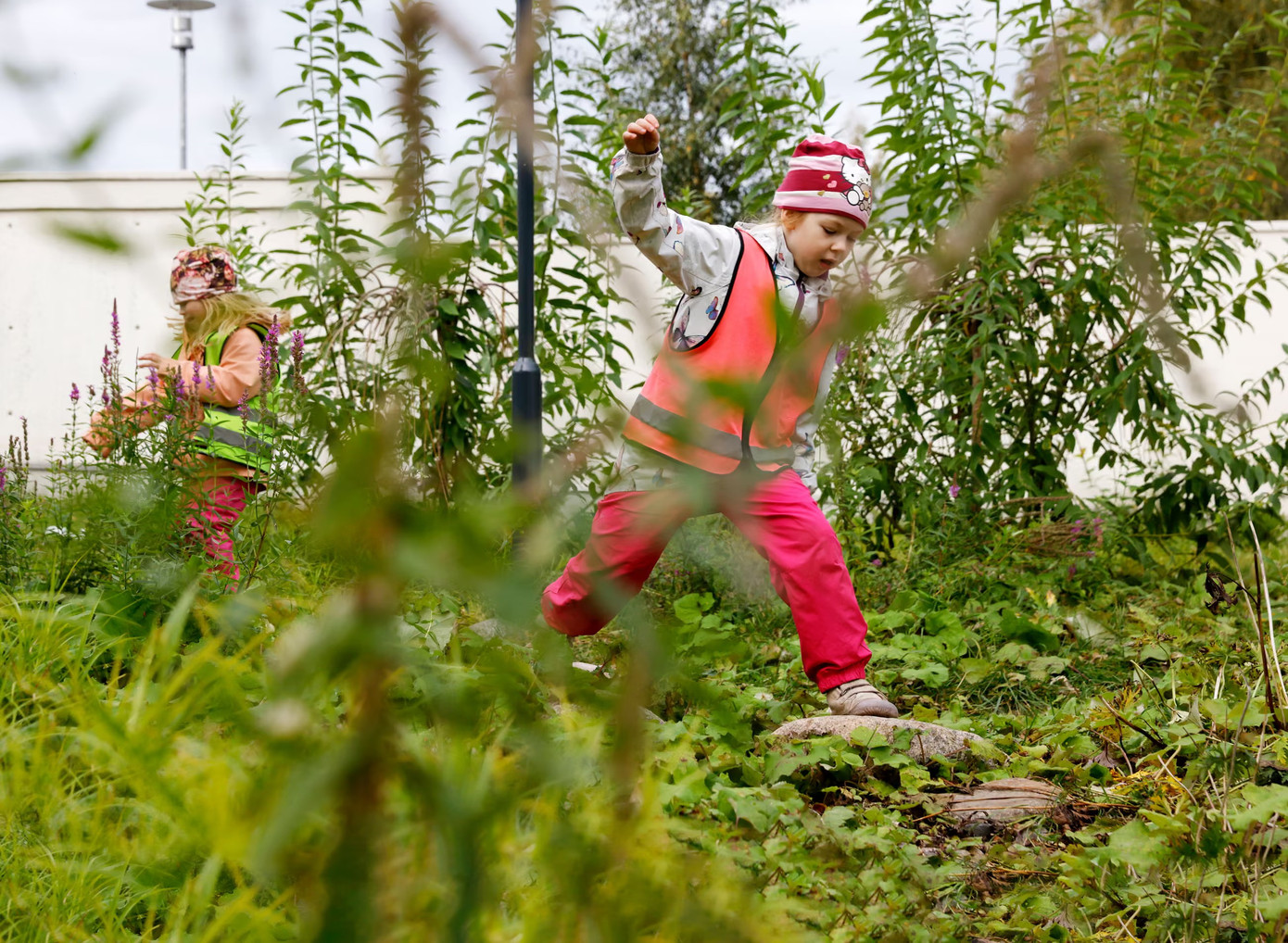
Interest in bringing nature into kindergartens is growing. In Helsinki, the Poutapilvi-Puimuri childcare centre is being redesigned with a €30,000 ($41,000) government grant. It will soon feature trees, flowers, rocks, a sandpit and a grassy area for play. “We told the architects we wanted to have nature in it,” said Marjo Välimäki-Saari, the centre’s director. “We are moving the activities outdoors. We want to show the children nature so they can learn about it.”
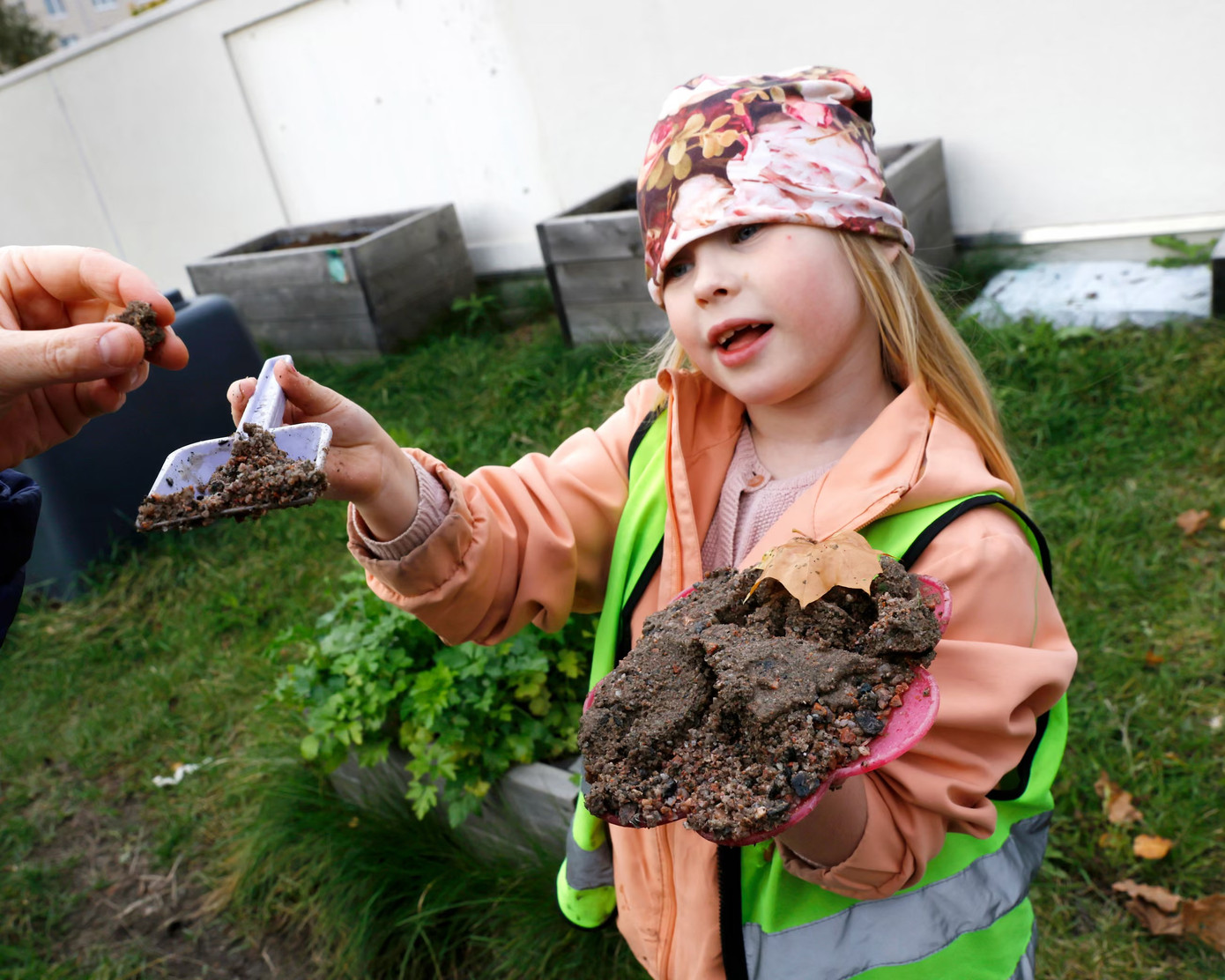
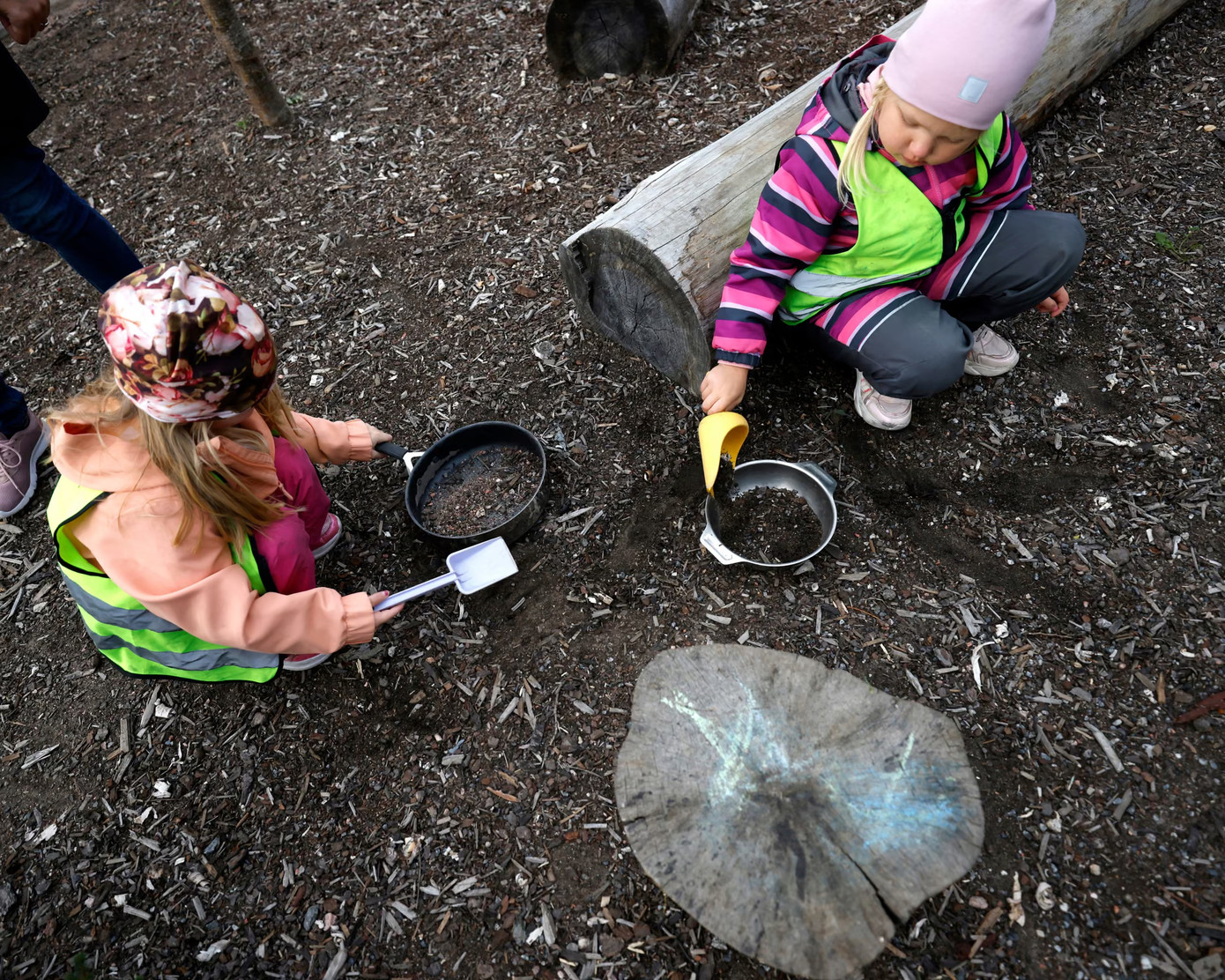
Kindergartens provide further evidence of the importance of healthy ecosystems for human health. When biodiversity, habitats and wildlife are lost, the potential consequences are huge. Increasing biodiversity can benefit both child health and the environment.
The human body contains trillions of bacteria, viruses, and fungi, which are essential to our functioning. Research shows that external microscopic biodiversity (such as bacteria and fungi) is transferred into the body through contact or ingestion.
The University of Sheffield (UK) has conducted research on installing green fences around school playgrounds to prevent air pollution from harming children.
Based on that research, Hunter's Bar Nursery School in Sheffield created a 70-meter-long hedge around its playground, near a busy road. Nitrogen dioxide (NO 2 ) levels in the playground were reduced by 13% six months after planting, and are expected to continue to fall as the hedge matures.
“More and more people are saying they want to build these kindergartens in their towns,” said Roslund. Visitors from Norway, Iceland and Denmark have come to see how they can replicate the Finnish model at home.
“I don't want to see rubber mats in any kindergarten,” Mr. Sinkkonen said.
Source: https://tienphong.vn/phan-lan-mang-rung-vao-truong-mam-non-post1792334.tpo


![[Photo] Ho Chi Minh City Youth Take Action for a Cleaner Environment](https://vphoto.vietnam.vn/thumb/1200x675/vietnam/resource/IMAGE/2025/11/04/1762233574890_550816358-1108586934787014-6430522970717297480-n-1-jpg.webp)
![[Photo] Panorama of the Patriotic Emulation Congress of Nhan Dan Newspaper for the period 2025-2030](https://vphoto.vietnam.vn/thumb/1200x675/vietnam/resource/IMAGE/2025/11/04/1762252775462_ndo_br_dhthiduayeuncbaond-6125-jpg.webp)

![[Photo] Ca Mau "struggling" to cope with the highest tide of the year, forecast to exceed alert level 3](https://vphoto.vietnam.vn/thumb/1200x675/vietnam/resource/IMAGE/2025/11/04/1762235371445_ndo_br_trieu-cuong-2-6486-jpg.webp)

![[Photo] The road connecting Dong Nai with Ho Chi Minh City is still unfinished after 5 years of construction.](https://vphoto.vietnam.vn/thumb/1200x675/vietnam/resource/IMAGE/2025/11/04/1762241675985_ndo_br_dji-20251104104418-0635-d-resize-1295-jpg.webp)






![[Video] Ministry of Education and Training announces the 2026 university and college enrollment plan](https://vphoto.vietnam.vn/thumb/402x226/vietnam/resource/IMAGE/2025/11/04/1762270484541_dung00-18-42-03still007-jpg.webp)
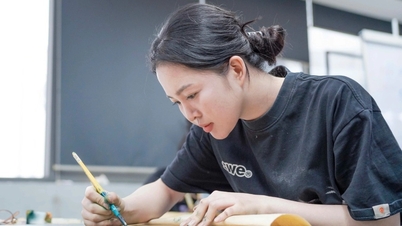












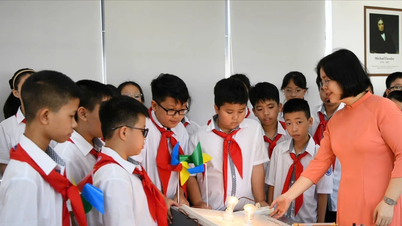



















































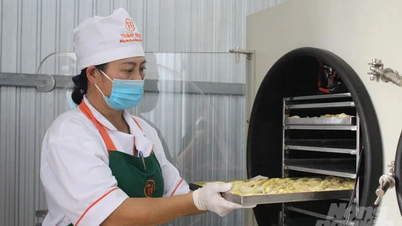















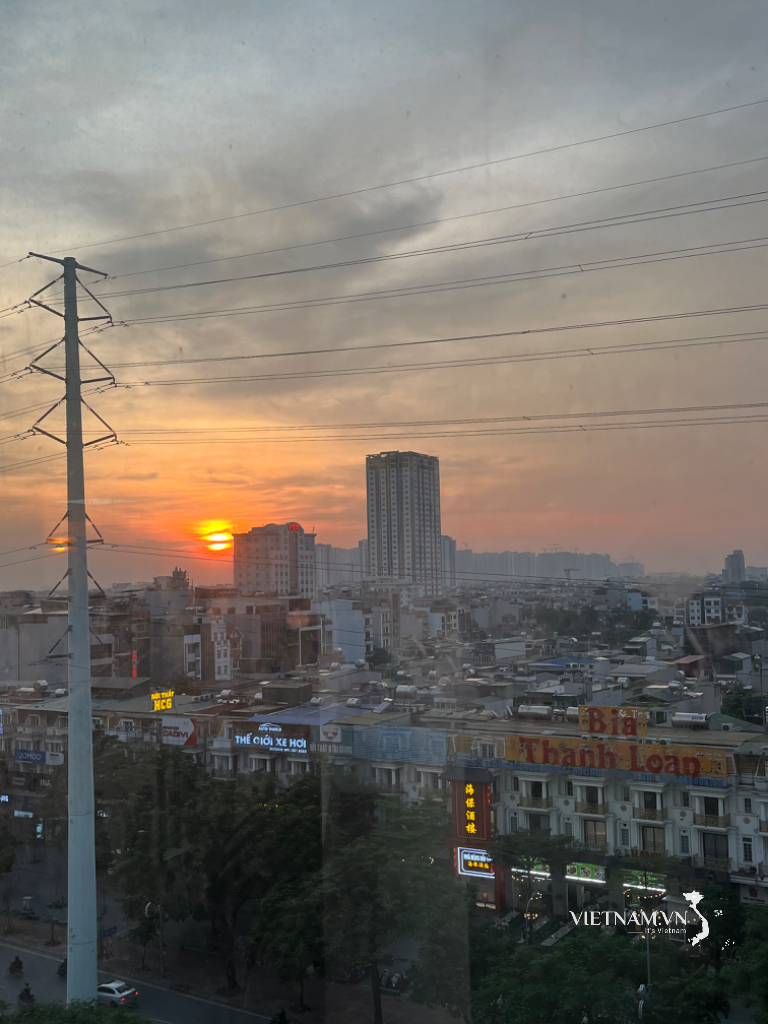
Comment (0)